One of the important factors that determines whether bananas are safe for diabetics is the glycemic index. This is an index that reflects the speed at which carbohydrates are converted into glucose and absorbed into the blood. Bananas have a glycemic index ranging from about 42 to 62, depending on the level of ripeness, according to the medical information site MedicineNet (USA).
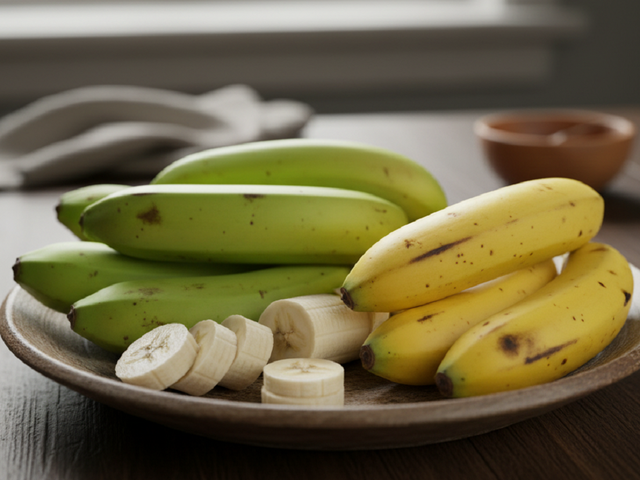
People with diabetes should prioritize eating ripe bananas.
PHOTO: AI
Green or underripe bananas contain more resistant starch, which is a carbohydrate that is harder to digest, so their glycemic index is lower than that of soft, ripe bananas. After ripening, some of the starch is converted into free sugar, causing blood sugar to rise rapidly.
For example, a medium-ripe banana has a glycemic index of about 50-55. If the banana is very ripe and soft, the glycemic index can reach medium-high levels. Therefore, people with diabetes should choose green or medium-ripe bananas to have a low glycemic index.
People with diabetes can definitely eat bananas, but it's important to pay attention to the type and quantity. The American Diabetes Association recommends that each serving of fruit, including bananas, should contain about 15 grams of carbohydrates. A medium-ripe banana can contain about 28 grams of carbohydrates, including about 15 grams of natural sugars and 3 grams of fiber.
Therefore, people with diabetes should only eat half a banana or choose a small banana to eat. This way, they will not exceed 15 grams of carbohydrates in one meal.
Besides choosing ripe bananas and controlling the amount of food eaten, the timing of eating and how to combine it with protein and healthy fats are also very important. The right combination will help control blood sugar better after eating.
A popular way is to eat bananas as part of a snack, such as before or after exercise or combined with unsweetened yogurt, walnuts, almonds or peanuts. This slows down digestion and reduces the rate at which sugars from the banana are absorbed into the bloodstream.
In addition, you should avoid eating bananas on an empty stomach, especially soft ripe bananas. Because at this time, the sugar from the banana will be absorbed quickly into the blood. Instead, eat bananas at the end of meals or between meals with dishes containing protein, fiber or fat to reduce the pressure on blood sugar.
Some experts also suggest dividing up the banana into smaller portions, such as eating half in the morning and half in the afternoon. This is a good option for diabetics who want to enjoy the whole banana, according to MedicineNet .
Source: https://thanhnien.vn/nguoi-tieu-duong-an-chuoi-the-nao-de-co-loi-cho-suc-khoe-185251003134716042.htm


![[Photo] General Secretary To Lam attends the 8th Congress of the Central Public Security Party Committee](https://vphoto.vietnam.vn/thumb/1200x675/vietnam/resource/IMAGE/2025/10/4/79fadf490f674dc483794f2d955f6045)

![[Infographic] Notable numbers after 3 months of "reorganizing the country"](https://vphoto.vietnam.vn/thumb/1200x675/vietnam/resource/IMAGE/2025/10/4/ce8bb72c722348e09e942d04f0dd9729)








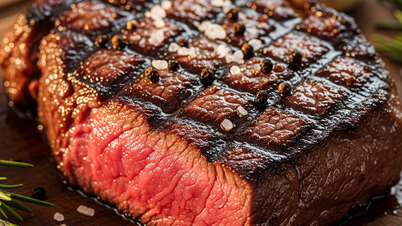

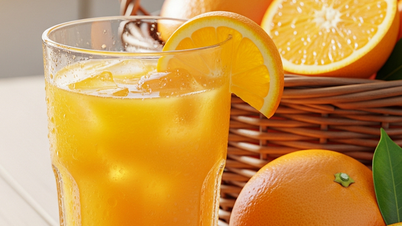

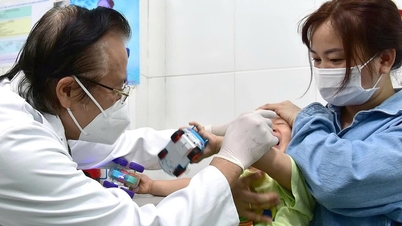

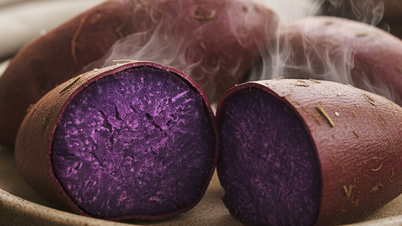



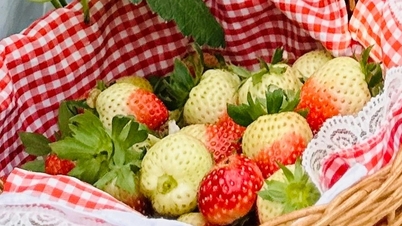




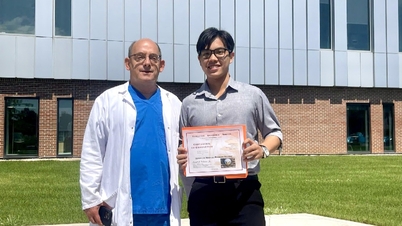

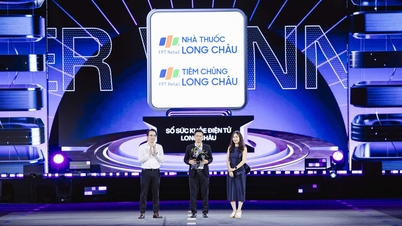

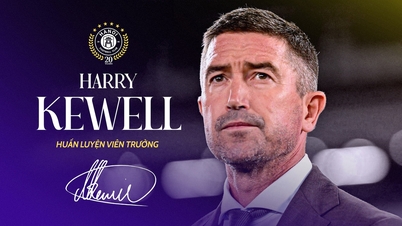

![[Photo] Students of Binh Minh Primary School enjoy the full moon festival, receiving the joys of childhood](https://vphoto.vietnam.vn/thumb/1200x675/vietnam/resource/IMAGE/2025/10/3/8cf8abef22fe4471be400a818912cb85)
![[Photo] Prime Minister Pham Minh Chinh chairs meeting to deploy overcoming consequences of storm No. 10](https://vphoto.vietnam.vn/thumb/1200x675/vietnam/resource/IMAGE/2025/10/3/544f420dcc844463898fcbef46247d16)













































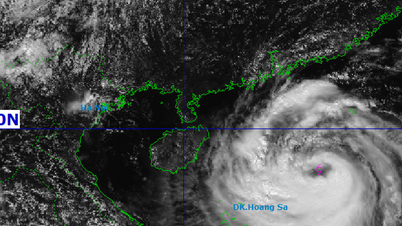














Comment (0)